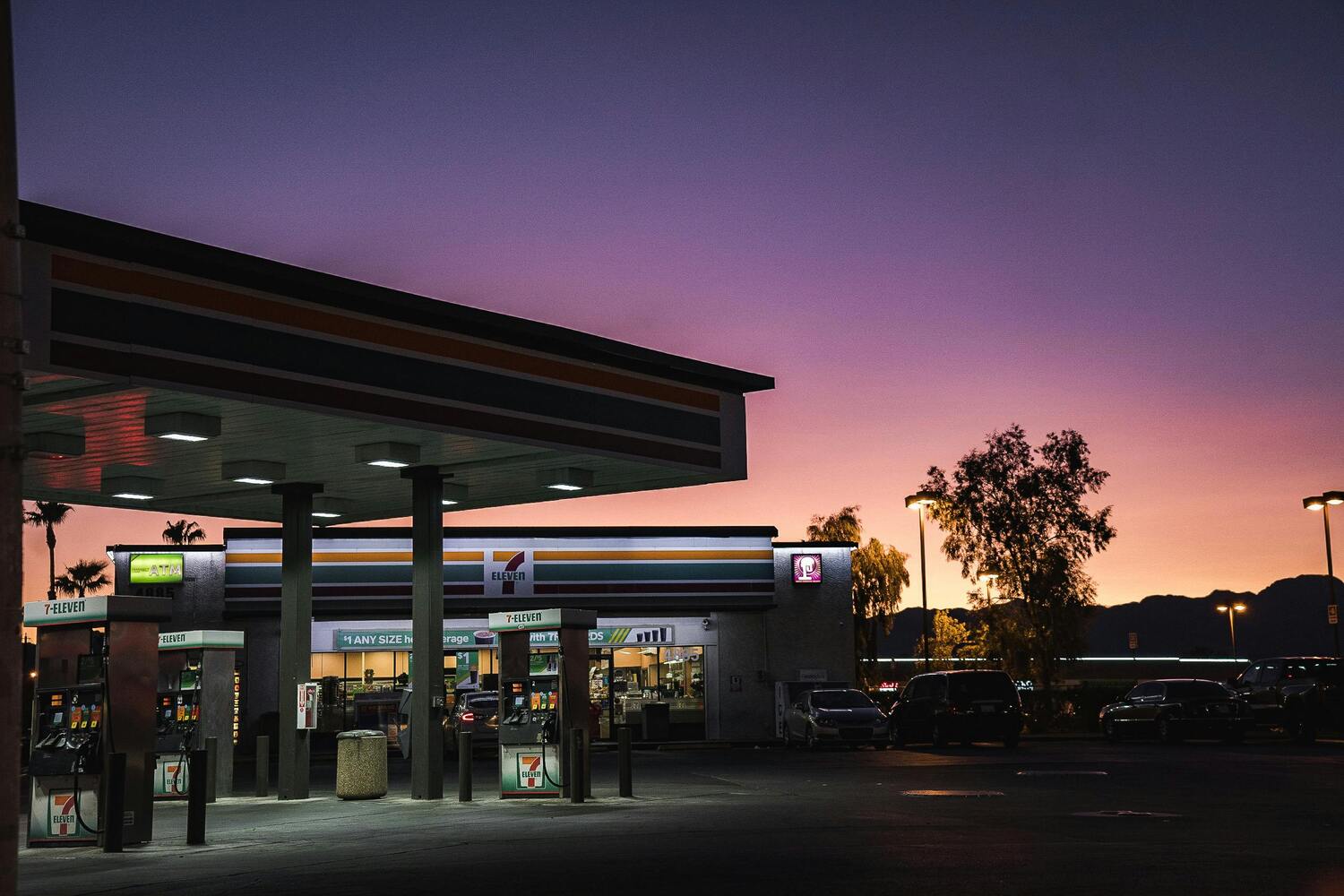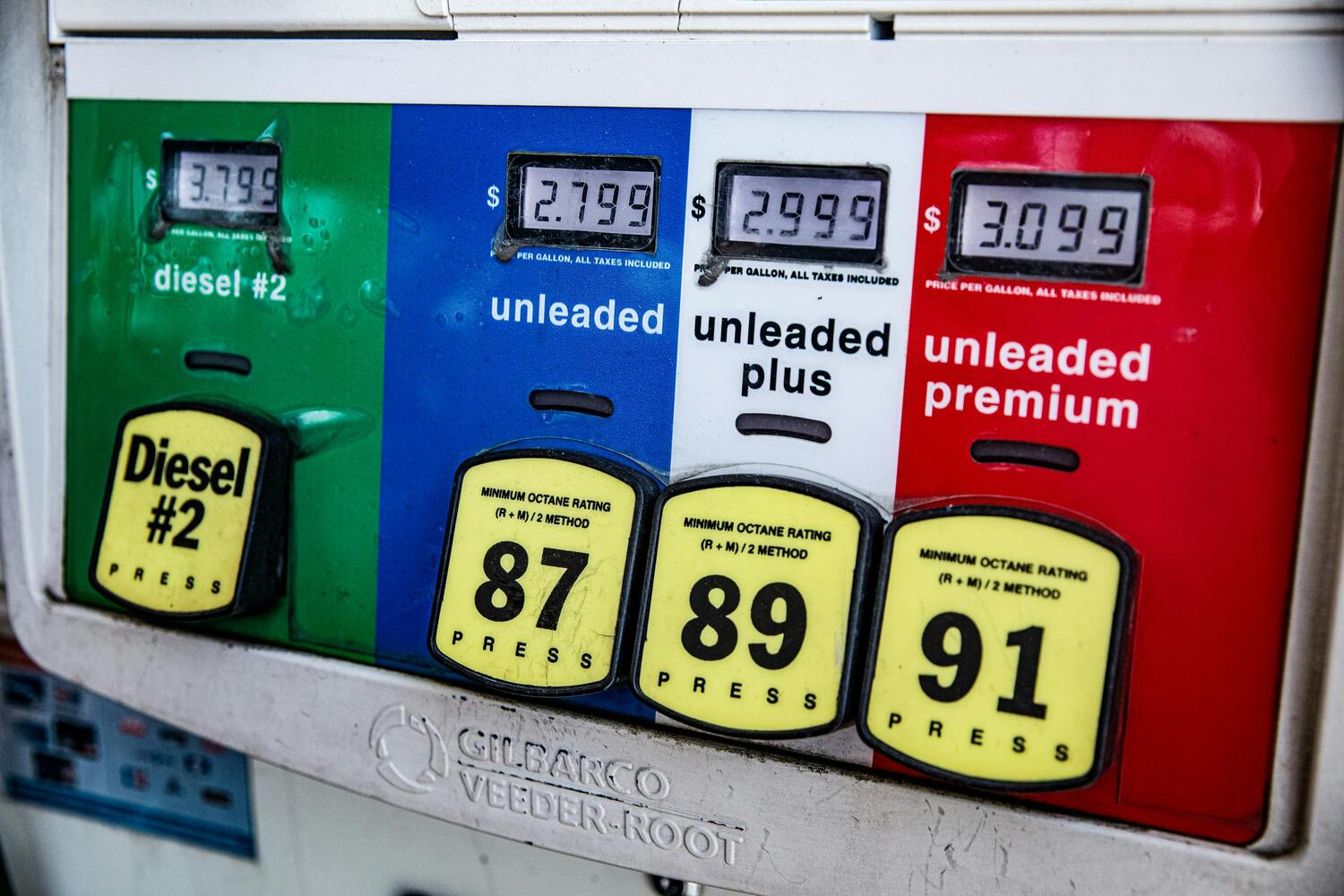
When fuel costs spike, the headlines scream—nevertheless it’s not only a information story. It’s an on a regular basis disruption. Filling up your tank now prices considerably greater than it did even a 12 months in the past, and for a lot of households, this isn’t a minor inconvenience. It’s an actual monetary burden.
Transportation is without doubt one of the prime bills in most households, and when gas prices rise, the ripple impact touches the whole lot. Commutes grow to be extra anxious. Highway journeys get reconsidered. Each additional errand seems like a luxurious. Whereas some individuals can take up the hit, many can’t, they usually’re altering the best way they drive, spend, and even take into consideration automotive possession.
The adjustments aren’t all the time loud or dramatic. Most are delicate, quiet shifts—changes made out of necessity, not ideology. However taken collectively, they reveal a rustic slowly reshaping its conduct in response to a actuality that’s not going away anytime quickly.
Fewer Journeys, Greater Errands
One of many first methods drivers alter to rising fuel costs is by consolidating journeys. The place individuals as soon as made a number of outings all through the week—choosing up groceries in the future, visiting the submit workplace the subsequent, and grabbing takeout one other—they’re now planning smarter.
Errands are being grouped, and non-essential journeys are being delayed or canceled. Some individuals even preserve a operating checklist of the whole lot they should do and map all of it out in a single, strategic path to keep away from losing gas. It’s not nearly saving fuel—it’s about stretching each greenback, each mile, and each minute.
Carpooling Makes a Comeback
For years, carpooling appeared to fade into the background—a relic of an earlier period when households shared minivans and coworkers rode to the workplace collectively. However with fuel costs pushing upward, carpooling is quietly reemerging as a sensible resolution.
Whether or not it’s mother and father coordinating college drop-offs or neighbors sharing a experience to work, individuals are rediscovering the advantages of splitting the price of a commute. In cities with longer drive occasions, rideshare boards and group teams are seeing renewed curiosity. Even casual preparations—like alternating who drives to weekend soccer video games—are serving to households take just a little strain off the pump.
Dashing Much less, Coasting Extra
One other shift taking place on the street is individuals slowing down—not as a result of they need to, however as a result of they need to. Driving sooner burns extra gas, and with fuel creeping above $5 a gallon in some areas, that 10-mph lead foot has grow to be too costly.
Drivers are studying methods to preserve vitality by easing off the accelerator, avoiding sudden braking, and sustaining regular speeds. Some are even turning to hypermiling strategies, which contain exact driving methods to squeeze each final mile out of a tank.
These habits don’t simply get monetary savings. They cut back put on on the automobile, enhance security, and make for a calmer driving expertise. It’s one of many few upsides of this monetary strain.
Gasoline-Environment friendly Autos Are Again in Fashion
For some time, larger was higher. Vehicles and SUVs dominated the market, and fuel mileage appeared like an afterthought. However as costs rise, many drivers are reconsidering what they drive and whether or not it is sensible.
Hybrid and fuel-efficient automobiles are regaining recognition. Individuals who as soon as dismissed small sedans or compact crossovers at the moment are reconsidering them as a result of they will go farther on much less. In some markets, used hybrids are promoting sooner than new ones may be produced.
Even when somebody isn’t able to commerce of their automotive, they’re extra conscious than ever of gas effectivity. Fuel mileage is again on the radar; for a lot of, it’s beginning to form their long-term decisions.

Public Transit and Bikes Get a Nearer Look
Whereas not each metropolis has dependable public transit, extra drivers are exploring it, particularly for work commutes and quick errands. That features buses, trains, and even park-and-ride techniques that reduce down on the day by day miles.
In the meantime, city residents are additionally dusting off their bicycles. What was as soon as reserved for weekend rides is now a authentic different to short-distance driving. For journeys underneath a number of miles, biking saves cash, boosts well being, and bypasses the stress of parking and site visitors. With fuel costs on the rise, these ignored modes of transportation are beginning to really feel good once more.
Meals Supply and On-line Orders Decline
Comfort usually comes at a premium, and nowhere is that clearer than with meals supply and on-line purchasing. Whereas these companies exploded throughout the pandemic, rising gas prices are inflicting each customers and companies to rethink their worth.
Some individuals skip supply charges and prepare dinner at residence extra usually. Others are avoiding on-line orders that cost for transport or require minimal purchases. The concept of driving to a retailer as soon as appeared inconvenient, however when the choice is $40 takeout and a supply surcharge, it abruptly seems to be just like the extra frugal possibility.
Folks aren’t essentially giving up on comfort. They’re simply redefining what’s “value it” in mild of upper transportation prices.
Folks Are Paying Extra Consideration to Car Upkeep
Nothing drains gas effectivity sooner than poor upkeep. Soiled air filters, under-inflated tires, and outdated oil can quietly steal miles out of your tank. These points have been straightforward to disregard up to now, however with costs rising, individuals are beginning to care once more.
Drivers schedule tune-ups extra constantly, verify tire strain weekly, and be taught primary upkeep tips to guard their gas economic system. These could appear to be small habits, however they make a noticeable distinction over time, they usually add up in {dollars} saved.
Working From Residence Isn’t Only a Perk Anymore, It’s a Technique
Distant work was as soon as a luxurious or a short lived association. Now, for a lot of staff, it’s a lifeline. With the typical American spending 1000’s of {dollars} per 12 months commuting, working from residence even one or two days every week can translate into significant financial savings.
Some staff are negotiating partial distant schedules simply to chop their gas prices. Others are even job-hopping to firms that supply extra versatile work environments. It’s not nearly comfort or work-life stability. It’s about monetary survival.
The New Regular of Driving
What’s taking place on the roads in the present day is greater than non permanent frugality. It’s a quiet however lasting behavioral shift. Drivers are being compelled to look at how a lot they drive, when, and why. The spontaneous drive to nowhere is being changed by cautious planning. Folks purchase smaller automobiles, drive much less aggressively, and assume twice earlier than heading out.
Whereas gas costs triggered these shifts, they’re more likely to stick. As soon as individuals notice they will spend much less, drive smarter, and nonetheless stay totally, they might not return to previous habits, even when fuel costs do.
How are rising gas costs altering the best way you drive, spend, or commute? Are you making any long-term adjustments, or simply getting by?
Learn Extra:
Costco Fuel Calculator: Will I Save Cash Shopping for a Membership if All I Purchase is Gasoline?
Is Costco Fuel High quality the Similar as Exxon, Shell and Chevron?
Riley Schnepf is an Arizona native with over 9 years of writing expertise. From private finance to journey to digital advertising and marketing to popular culture, she’s written about the whole lot underneath the solar. When she’s not writing, she’s spending her time exterior, studying, or cuddling together with her two corgis.

